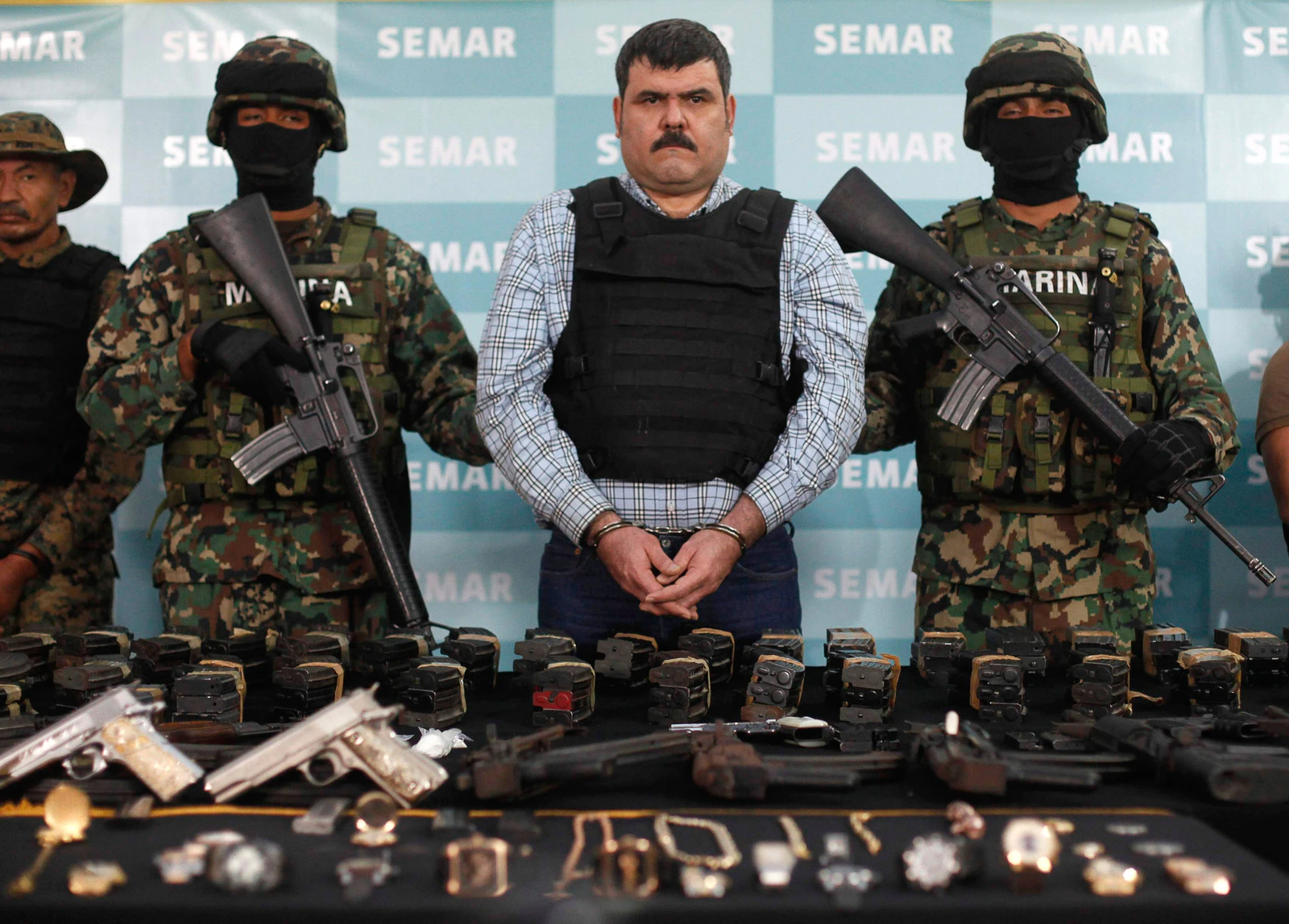
Let’s talk about a real-life saga that’s got more drama than any anime villain arc or blockbuster shootout: the relentless flow of American-made firearms into Mexico and the chaos it unleashes. If you’ve ever wondered how cartels get their hands on military-grade weapons, or why Mexico—with just one legal gun shop—still faces staggering gun violence, buckle up. This story is packed with twists, stats, and some jaw-dropping revelations.

First, the statistics are wild. Between 200,000 and 500,000 guns are smuggled from the U.S. into Mexico annually, producing what the experts have dubbed the “iron river” of firearms. As reported by Everytown for Gun Safety Support Fund, “Sixty-eight percent of the firearms taken from crime scenes in Mexico and presented to the Bureau of Alcohol, Tobacco, Firearms and Explosives (ATF) for tracing between 2016 and 2021 were traced back to American gun manufacturers or importers.” And pistols aren’t the only thing—cartels are stockpiling AR-15s, AK-47s, and .50-caliber sniper rifles, the kind of equipment that can shoot down helicopters or blast through armored cars. These aren’t stage props for a gritty crime show; they’re actual tools of cartel warfare.

So how do these weapons make their way across the border? It’s a combination of straw purchases (in which an individual purchases a firearm for another, usually a prohibited purchaser), theft from firearms dealers, and private sales that avoid background checks due to loopholes in federal law. Border state dealers such as Texas, Arizona, California, New Mexico, and Florida are the greatest sources, with Texas itself accounting for more than 14,000 traced crime guns in Mexico between 2017 and 2021. Some dealers have even been caught instructing customers on how to avoid detection by the authorities, selling hundreds of assault rifles en masse to cartel surrogates.

The costs are ruthless. Between 2015 and 2022, over 160,000 individuals were shot dead with a gun in Mexico, and the firearm homicide rate increased by 109 percent. Such weapons are used by cartels not only for rival turf battles but also to assault police, military, and even civilians. In one of its most notorious attacks, the Cartel del Noreste came into Villa Union, Mexico, with an armored column, unleashing a two-day shootout that killed dozens and traumatized the town. The firepower? Many of those guns had originated in a shop outside Houston.

Law enforcement on both sides of the border is pushing back, but it’s cat and mouse. These agencies – the Department of Homeland Security, ATF, ICE, and CBP – have increased their operations, sending tech, intel, and good old-fashioned feet on the ground. According to the Department of Homeland Security, “Through July 2023, DHS and the Bureau of Alcohol, Tobacco, Firearms, and Explosives (ATF) southbound firearm seizures in Fiscal Year 2023 have already far surpassed the seizures in Fiscal Year 2022.” The operations such as “Without a Trace” and “Southbound” are attacking the guns’ outbound flow, with more cooperation between the federal, state, and Mexican governments.

But the cartels aren’t simply purchasing guns—they’re becoming outright terrorist groups. In a historic case, Maria Del Rosario Navarro-Sanchez was charged with supplying grenades to the Cartel de Jalisco Nueva Generación (CJNG), now officially listed as a Foreign Terrorist Organization. The Department of Justice says, “Supplying grenades to a prescribed terrorist group — while smuggling firearms, drugs, and human beings — is not merely criminal; it’s an attack on the security of the United States.” This case opens a new front in the battle against cartels, mixing anti-terrorism with conventional law enforcement.

Legislatively, the battle is heating up. Mexico has gone the unprecedented route of suing American gun manufacturers and dealers, claiming they knowingly fed cartel violence by turning a blind eye to warning signs and selling guns with military-style features to traffickers. The lawsuits claim Barrett Firearms, Colt, and Smith & Wesson promote their guns in ways that directly target criminal buyers. American courts have permitted such suits to go ahead, making exceptions to the general legal shield gun manufacturers normally benefit from.

Legislators in the U.S., however, are insisting on stricter measures. The Bipartisan Safer Communities Act established new federal crimes for straw purchasing and trafficking, and the Disarming Cartels Act seeks to enhance interagency coordination, increase outbound inspections, and mandate an annual report on activity to disrupt gun smuggling. As per Congressman Joaquin Castro, “The United States can – and must – do more to prevent the weapons we produce from ending up in the hands of criminal networks that smuggle fentanyl and other lethal drugs to the United States.” The legislation is aimed at shutting off the supply of guns that enable cartels and fuel the fentanyl crisis.

Even with these measures, the hurdles are great. Flimsy federal legislation, piecemeal state laws, and loopholes such as the “private sale exemption” facilitate traffickers operating behind the scenes. Dealers do not have to maintain electronic records, report suspicious buyers, or implement security procedures for deterrence against theft. And while the ATF has increased inspections and enforcement, it is chronically underfunded.

The bottom line? American guns are a driving force behind Mexico’s cartel wars, and stopping the flow is a Herculean task. It’s a story that’s still unfolding, with new laws, lawsuits, and enforcement strategies battling against a tide of violence and profit. If you’re a fan of high-stakes drama, this is one real-world saga that’s got it all—heroes, villains, and a fight for the future of two nations.
